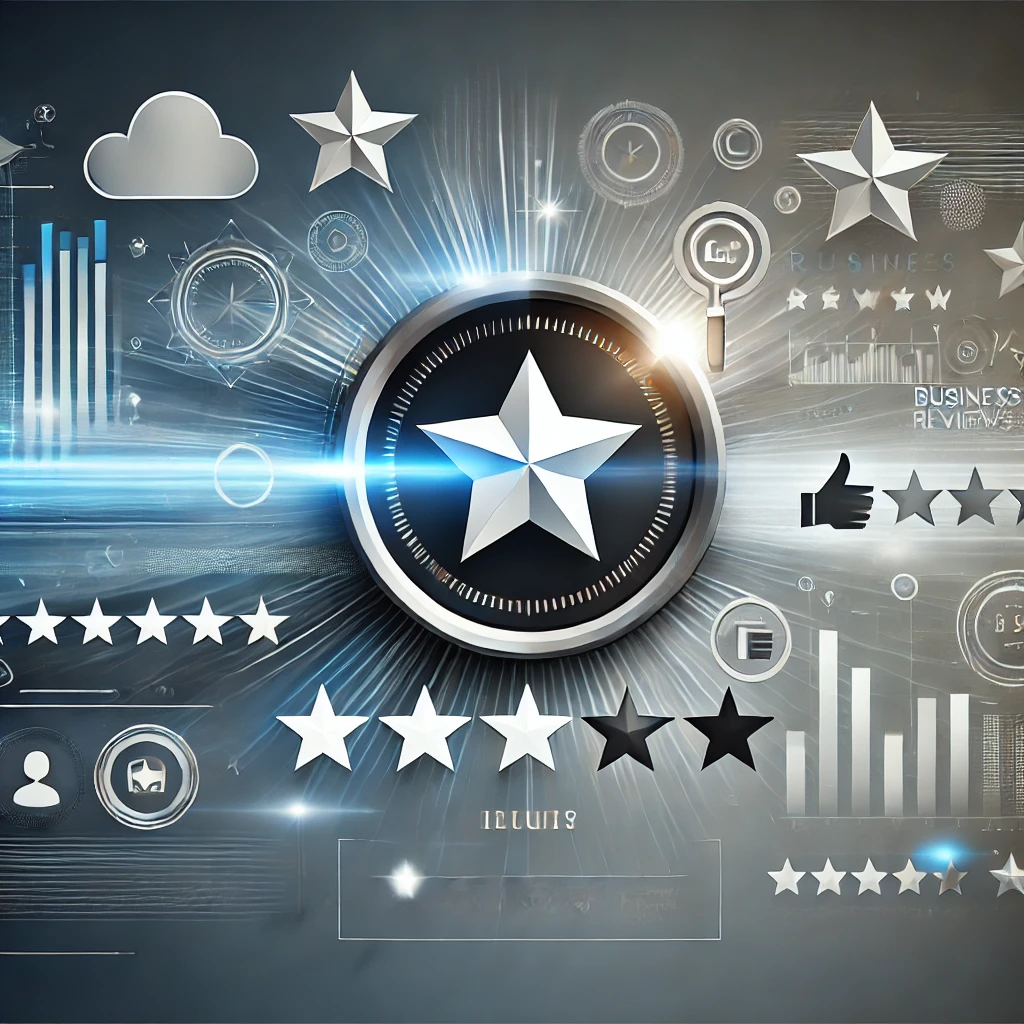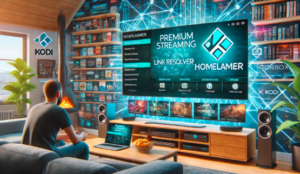RaterPoint : A Comprehensive Guide
Introduction
RaterPoint is an innovative platform or tool (context-dependent) designed to streamline rating systems, performance evaluations, and data analysis for businesses and organizations. This article delves into the intricate workings, applications, and benefits of RaterPoint, ensuring a clear understanding of its functionalities and uses.
What is RaterPoint?
RaterPoint can be understood as a dynamic system that allows users to gather, analyze, and utilize ratings or evaluations. Whether it’s customer feedback, employee performance metrics, or product reviews, RaterPoint provides a structured framework for recording, analyzing, and acting upon these inputs.
Key Characteristics:
- Flexibility: Can be adapted across industries.
- Scalability: Handles small to large datasets efficiently.
- User-friendly interface: Simplifies complex rating processes.
Core Components of RaterPoint
Understanding the core components of RaterPoint gives insight into its versatility:
- Rating Scales:
- Numeric Scales: 1 to 10 or 1 to 5 ratings.
- Descriptive Scales: Poor, Average, Good, Excellent.
- Custom Scales: Industry-specific scales tailored to unique needs.
- Data Collection Mechanisms:
- Surveys and Questionnaires: Easy-to-deploy tools for gathering user feedback.
- Real-Time Feedback Systems: For instantaneous evaluation, like in live sessions or events.
- Integration Options: APIs to integrate with third-party tools like CRMs or ERP systems.
- Analysis Tools:
- Statistical tools for analyzing trends and averages.
- Advanced AI/ML modules for predictive analytics.
- Visualization dashboards for clear data representation.
- Reporting and Insights:
- Real-time updates and insights.
- Scheduled reports for performance reviews or audits.
- Customizable templates for detailed reporting.
Applications of RaterPoint
RaterPoint finds applications across a variety of domains. Here are some prominent use cases:
- Customer Feedback Analysis:
- Businesses use RaterPoint to analyze customer satisfaction.
- Insights from reviews help refine products and services.
- Employee Performance Management:
- Organizations can use RaterPoint for 360-degree feedback systems.
- Helps in identifying top performers and areas for improvement.
- Educational Assessments:
- Academic institutions leverage RaterPoint for evaluating student performance.
- Facilitates peer reviews, faculty evaluations, and course feedback.
- Healthcare Quality Improvement:
- Patients rate healthcare providers on various parameters like service quality, timeliness, and care.
- Hospitals use these insights to improve patient satisfaction.
- Event Management:
- Real-time ratings during events help in immediate corrective actions.
- Feedback from attendees shapes future events.
Benefits of Using RaterPoint

1. Enhanced Decision-Making:
- Data-driven insights reduce the guesswork in decision-making.
2. Improved Customer/Employee Satisfaction:
- Timely feedback and subsequent actions improve stakeholder experience.
3. Customization and Scalability:
- Fits the needs of both small startups and large corporations.
4. Real-Time Analysis:
- Enables organizations to act on issues as they arise.
5. Cost Efficiency:
- Streamlined processes reduce overhead costs associated with manual feedback systems.
Challenges in Using RaterPoint

While RaterPoint offers immense benefits, challenges may arise:
- Data Overload:
- Managing and analyzing large datasets can become overwhelming.
- Solution: Use AI-driven tools for filtering relevant data.
- Bias in Ratings:
- Subjective opinions may skew results.
- Solution: Use balanced and well-structured rating scales.
- Resistance to Adoption:
- Employees or customers might be reluctant to participate.
- Solution: Educate stakeholders on the benefits.
- Integration Issues:
- Integrating with existing systems may pose difficulties.
- Solution: Opt for a platform with robust API support.
Future Trends in Rating Systems
The evolution of RaterPoint will be shaped by emerging technologies and market needs. Here’s a glimpse into the future:
- AI and Machine Learning:
- Predictive analytics for understanding customer behavior.
- Personalized recommendations based on past ratings.
- Blockchain Technology:
- Secure and tamper-proof rating systems.
- Enhanced transparency and trust in data.
- Gamification:
- Incentivizing feedback through gamified systems.
- Integration with IoT:
- Ratings collected from smart devices for enhanced user experiences.
Case Studies
- Retail Industry: A leading retailer implemented RaterPoint to analyze customer satisfaction. Insights led to optimized product placements, resulting in a 20% increase in sales.
- Education Sector: An academic institution used RaterPoint to streamline faculty evaluations, reducing manual errors by 50% and improving teaching quality.
- Healthcare: A hospital adopted RaterPoint for patient feedback. This enabled faster issue resolution, boosting patient satisfaction by 15%.
Conclusion
RaterPoint is more than just a tool; it’s a transformative solution that empowers organizations to leverage data for improved decision-making, stakeholder satisfaction, and operational efficiency. By understanding its components, applications, and benefits, businesses and institutions can harness its full potential to achieve their goals.







Post Comment